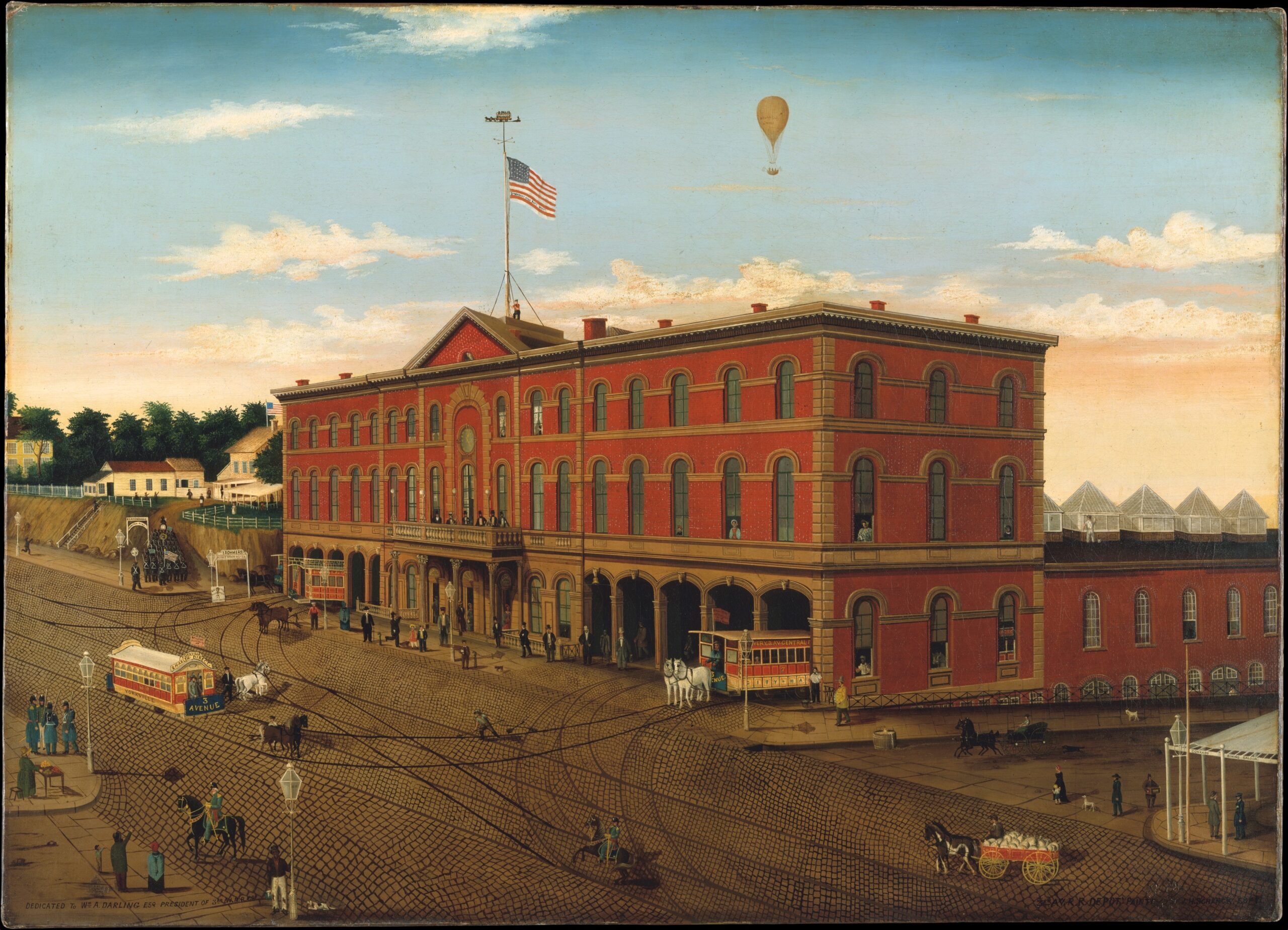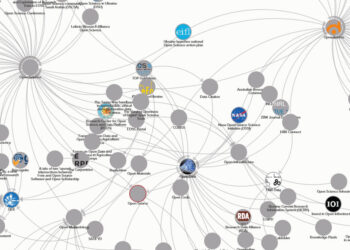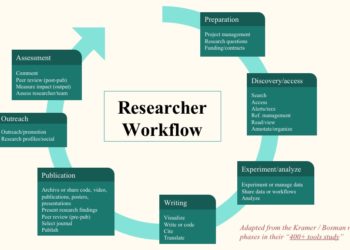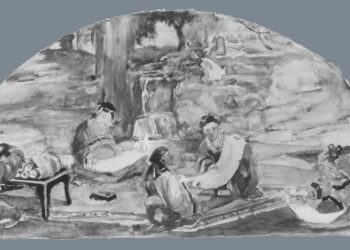Scholarly communication is a complicated sector, with numerous participants and multiple mechanisms for communicating and reviewing materials created in an increasing variety of formats by researchers across the globe. In turn, the researcher who seeks to use the products of this system wishes to discover, access, and use relevant and trustworthy materials as effortlessly as possible. The work of driving efficiency into this complex sector while bringing its multiple strands together seamlessly for the reader (or, increasingly, for a computational user) rests on a foundation of infrastructure, much of it shared across multiple publishers and other providers. We are currently at work on an Ithaka S+R research study examining this shared infrastructure to support efforts to ensure it is fit-for-purpose. Today, we provide additional background about the project and a landscape review on shared infrastructure, which we published earlier this week.

Shared Infrastructure
In the digital environment, shared infrastructure has emerged as a key enabler for delivering the services that authors and readers need from scholarly communication. Services like reference linking, repositories, identifiers, single sign-on, and digital preservation have supported the digital transformation of scholarly publishing, enabling new and improved services and achieving real efficiencies for all stakeholder communities.
A robust and nimble infrastructure is imperative to support the ongoing digital transformation of scholarly communication, enabling new and improved services and achieving real efficiencies for all stakeholder communities. Developing, maintaining, and sustaining fit-for-purpose community infrastructure is a challenge particularly when the technology and policy environments are in flux and user behavior and needs are evolving.
Some elements of the shared infrastructure are rising in importance while others are declining in value–a result of changes in scholarly communication and the broader ecosystems in which it occurs. There may even be some categories of infrastructure that can no longer be shared sustainably, depending on how competitive differentiation among providers evolves.
Looking ahead, it is necessary to sustain and in some cases improve existing shared infrastructure. And, a next generation of shared infrastructure must be developed to support the research community.
The Landscape Review
This week, we published a landscape review of the shared infrastructure. In this landscape review, we seek to provide a high-level overview of the shared infrastructure that supports scholarly communication today. Our purpose in producing this landscape review is to provide scoping for the array of shared infrastructure that we are examining in the larger project and to provide an overview of the existing services that fall within this scope.
We wrestled at some length with how best to organize the shared infrastructure into categories. We ultimately elected to prefer categories that describe current purpose and structure rather than those that might skew towards directions we can foresee them taking in the future. We acknowledge different ways of organizing these categories may make more or less sense to different readers. The categories that can be found in the landscape review include:
- Assessing Impact and Value
- Authentication and Authorization
- Discovery, Syndication, and Aggregation
- Licensing, Reading Ecosystems, and Rights Management
- Manuscript Submission, Editorial Management, and Research Integrity
- Non-Consumptive Use
- Persistent Identifiers
- Preservation
- Publishing Platforms and Repositories
- Research Data Curation and Management
- Supporting New Business Models and Policy Environments
- Usage Data
Given the vast array of standards, systems, and tools in many of the categories of shared infrastructure, we make no claim to comprehensiveness. Our aim is to provide illustrations of representative elements in each category of the shared infrastructure and this effort should not be confused with an inventory. It is our hope that this simple mapping of the extent of shared infrastructure that has developed is useful not only for our purposes but for others who will be interested in this landscape.
The Broader Project
In the broader project, our Ithaka S+R team will produce an analysis of the shared infrastructure and recommendations for its further development. Following the creation of the landscape review, we moved on to a second phase of work.
In this second phase, which is now underway, we are examining the strategic context that has driven and will continue to drive the development of shared infrastructure. We will apply our understanding of this strategic context to inform a needs analysis. The needs analysis will address what parts of the shared scholarly communication infrastructure are working well and where they can be improved, as well as a gap analysis indicating what other forms of infrastructure might be indicated. This phase of work will draw from roughly 50-60 interviews with individuals from major stakeholder groups, including infrastructure providers, funders, open science community members, publisher and library professionals, among others. We cannot hope to interview every infrastructure provider, let alone every stakeholder, but we are working to include illustrative, if not fully representative, voices from across this landscape and its stakeholders. We have completed 25 interviews at this point.
Ultimately, in the project’s final report, we will produce recommendations for where additional or revised collective action and community investment is indicated. Our analysis and recommendations will not focus on the technical aspects of the shared infrastructure but rather on strategic considerations, and it will recognize the multiple interests that comprise the scholarly communication landscape in its current state of transition.
Ithaka S+R has a long history of conducting research projects on collaborative initiatives and shared infrastructure and a track record of working on projects independently with support from the publisher, library, and vendor communities, as we explained in the project announcement. In this current project on shared infrastructure for scholarly communication, we will work independently, with full editorial independence including for interviewee selection and the landscape review and final report. We are grateful to STM Solutions and its members for the support of this project.
Our Request
We welcome feedback about the landscape review, both in terms of how we have elected to categorize the landscape and any omitted infrastructure categories or resources that might merit consideration in understanding the nature of the landscape overall. In July, we will be issuing a draft report for community engagement and input and we will ask for the robust participation of all interested community members at that point.
Discussion
2 Thoughts on "What Is the Shared Infrastructure for Scholarly Communication?"
Roger, congrats on the landscape report. I’m curious how this overlaps/intersects with IOI and their landscape analysis of open infrastructure. What is your approach to open vs.closed, and do you see IOI’s efforts as separate or complementary or something else?
Thanks Jake. This was an effort by Oya Y. Rieger and me, and we’re glad to have it published. As you have probably seen, we did not look at open vs. closed as categories of analysis in this effort nor did we take on a definitional effort in this work. Our goal was really to categorize the landscape of shared infrastructure services, regardless of business model or governance. We view the work that IOI and others have pursued in this area as incredibly important and richly complementary.



